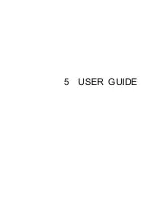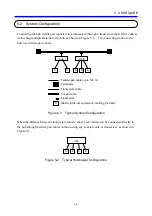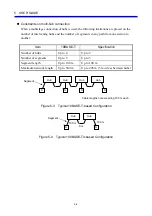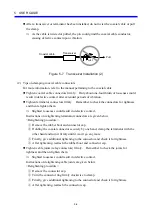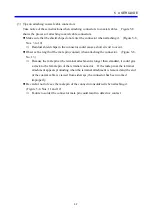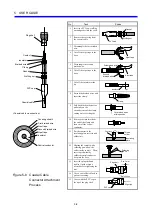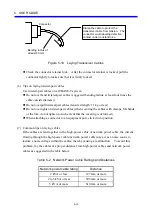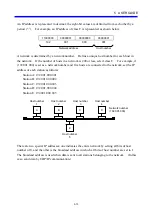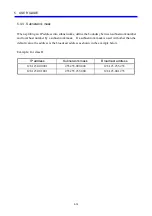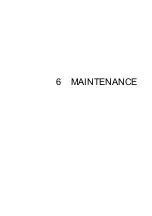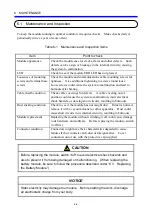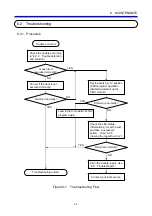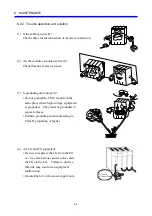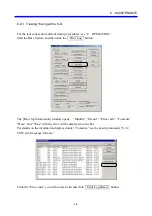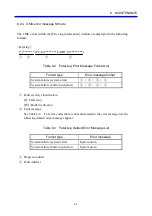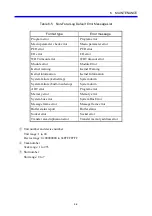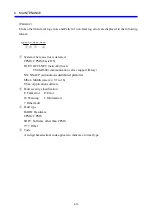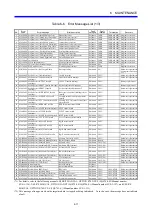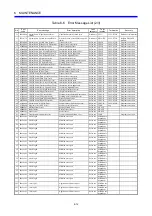
5 USER GUIDE
5-13
An IP address is represented in decimal; the eight-bit values are delimited from each other by a
period (“.”). For example, an IP address of class C is represented as shown below.
11000000 00000001 00000000 00000001
192 001 000 001
A network is determined by a network number. Define a unique host number for each host in
the network. If the number of hosts in a network is 200 or less, select class C. For example, if
(192.001.000) is set as a network number and five hosts are connected to the network, set the IP
address of each station as follows:
Station A: 192.001.000.001
Station B: 192.001.000.002
Station C: 192.001.000.003
Station D: 192.001.000.004
Station E: 192.001.000.005
There are two special IP addresses: one indicates the entire network by setting all bits of host
number of 0, and the other is the broadcast address in which all bits of host number are set to 1.
The broadcast address is used when data is sent to all stations belonging to the network. (In this
case, send data by UDP/IP communication.)
Network address
.
.
Host number
.
Host number
4
D
Network number
(192.001.000)
Host number
5
E
Host number
1
A
Host number
2
B
Host number
3
C
Summary of Contents for CMU LPQ520
Page 1: ......
Page 2: ......
Page 17: ...This Page Intentionally Left Blank ...
Page 19: ...This Page Intentionally Left Blank ...
Page 23: ...This Page Intentionally Left Blank ...
Page 28: ...v 6 4 Replacing the CMU Module 6 49 6 4 1 Replacing the module 6 49 6 5 Trouble Report 6 51 ...
Page 30: ...1 SPECIFICATIONS ...
Page 38: ...2 NAMES AND FUNCTIONS OF EACH PART ...
Page 43: ...This Page Intentionally Left Blank ...
Page 44: ...3 MOUNTING AND WIRING ...
Page 52: ...4 OPERATION ...
Page 85: ...This Page Intentionally Left Blank ...
Page 86: ...5 USER GUIDE ...
Page 101: ...This Page Intentionally Left Blank ...
Page 102: ...6 MAINTENANCE ...



